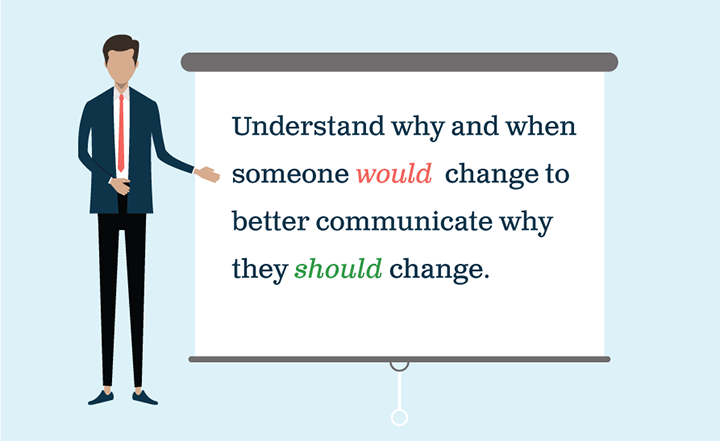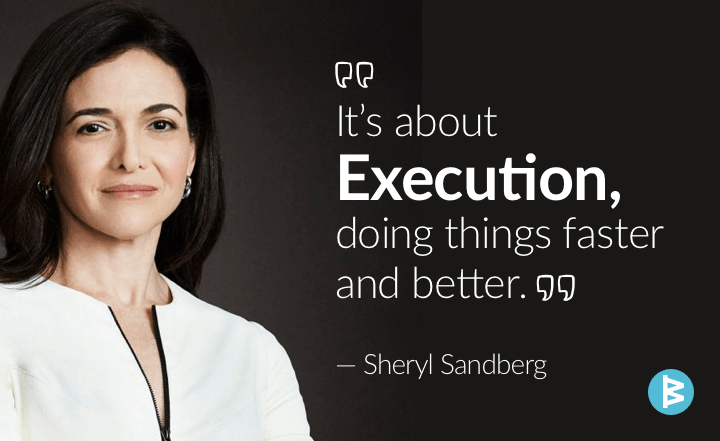
If you lead a team, coaching people and giving regular feedback — positive and constructive — is part of the job. Prioritizing 1on1s and doing the “soft stuff” that builds morale, culture and people are strategic elements of leadership. If you hesitate to give feedback for fear of being the “bad guy”, put your people’s success in front of the need to be liked — 57% of employees prefer corrective feedback and 72% say their performance would improve with more feedback. It’s a disservice to withhold information from them that informs your view of their performance.
Put people at the top of your priority list and elevate your 1on1s with the 5 topics below. To use the face-to-face time wisely, have the basic facts before the meeting. Using 1on1s to run down a list of things people are working on or throw more on their plate without understanding what’s already there is the formula for a bad 1on1. Instead, use weekly status reports or a performance and productivity app like WorkBoard to quickly see priorities, workload and progress to goal ahead of the meeting.
In the meeting, try these five topics to connect, calibrate and coach for more impact:
1. Start with “how are you?”
Then really listen to the answer to connect as people. How do they feel about their work and how it’s going? This is the most valuable information you’ll get in the meeting and listening has the highest impact.
2. Ask what’s in their way and where you can help.
Get roadblocks out of their way quickly so they can deliver the results you’re expecting. This doesn’t mean taking on their tasks or intervening with co-workers, but rather removing obstacles outside of their responsibility area that hold them back or slow them down.
3. Sync on performance, alignment, competence and engagement level.
This is the elephant in the room and candid, consistent calibration is part of your job. They want to perform well and be on the same page with you; letting people know where you think they are helps them move up and forward. And if someone is off the charts great, it gives you a moment to really say so.
4. Uplevel to longer range goals.
Help people balance long and short run requirements, another key part of the management job. It helps people connect with the bigger picture, which is especially rejuvenating when workloads are high. Realign on priorities so they can have confidence their work and time are valuable.
5. Coach for career growth.
Help them get to their next level from here, and to deepen their skills and competencies. What’s the next step they can take and what will you do to help them get there? How big the step is will depend on the cadence of your conversations and level. Follow through on the help you’ll provide and you will have a lasting positive impact on the person’s career.
Done well and consistently, 1on1s make year-end performance reviews a non-event — there are no surprises, everyone has the same facts at hand, and performance is wholly understood. Unlike annual reviews, 1on1s give people the input and opportunity to improve performance. Between 1on1s, follow through on your commitments to remove roadblocks and enable growth. To be most efficient and effective, managers at thousands of companies use WorkBoard to prepare for 1on1s, calibrate on performance and alignment in the meeting, and create agendas that journal the topics and takeaways meeting to meeting so it’s easy to follow up and look back.
Different personalities, skill sets and performance levels make 1on1s diverse and sometimes challenging. Like everything else, consistency and practice will vastly improves your skillfulness and effectiveness in 1on1 conversations. As a manager, your ability to execute through your team either limits or accelerates your career, so with 1on1s it’s great to remember practice makes perfect.










